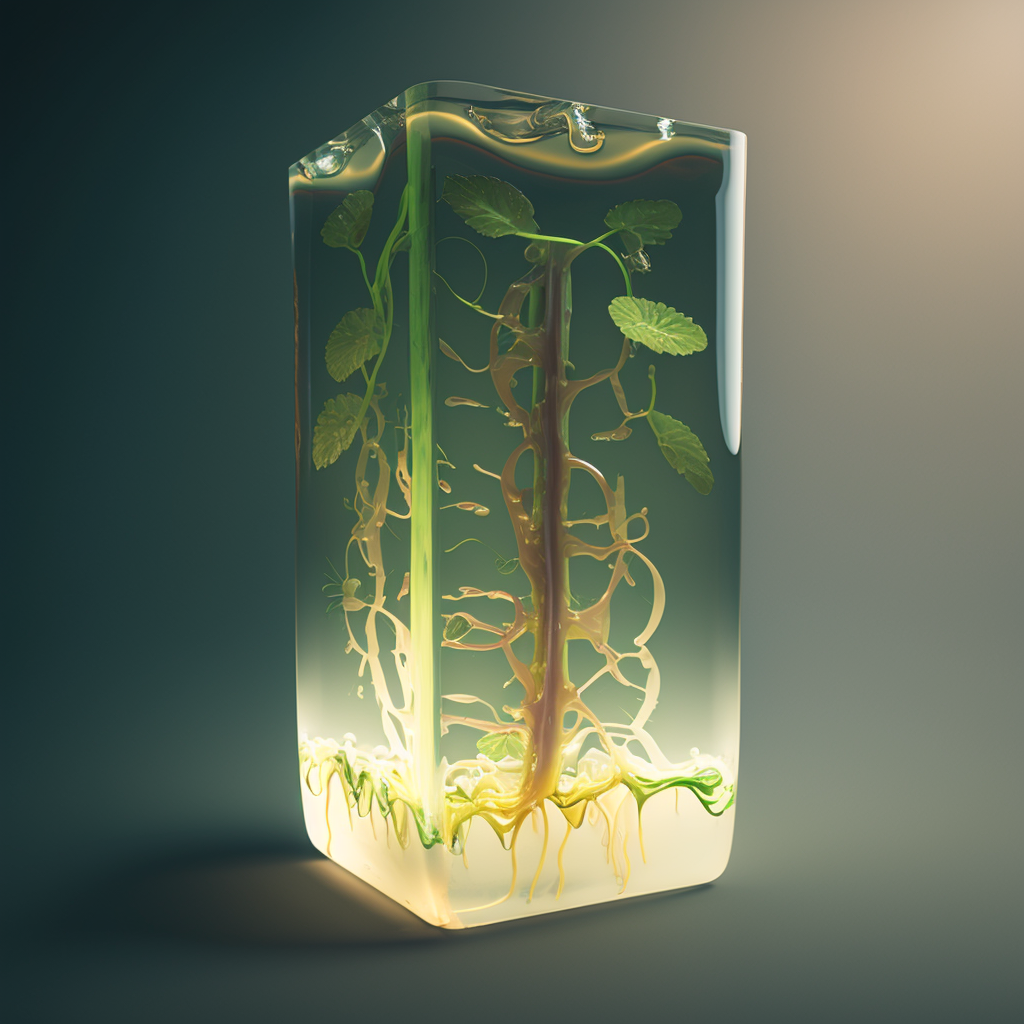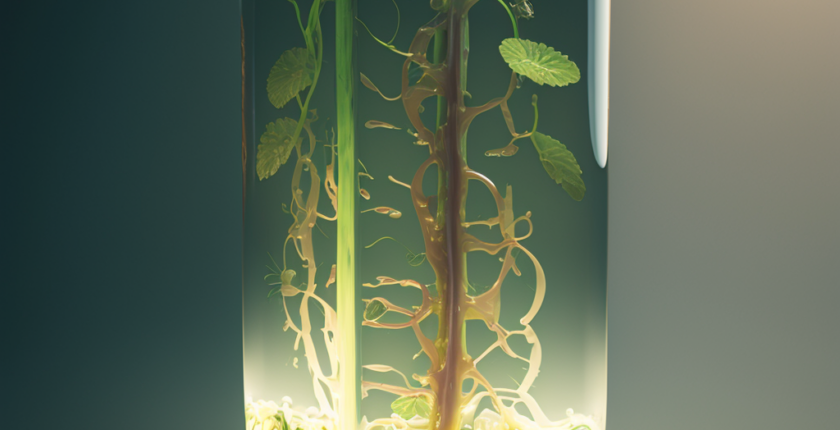Gelponics: The Eco-Friendly Growth Substrate for Your Plants
Have you ever wondered if there is a sustainable and eco-friendly alternative to synthetic polymers like rock wool, peat, and coir that are widely used in traditional agriculture? What if I told you that there is a better solution that can significantly reduce the carbon footprint of agricultural activities? Are you curious to know more about Gelponics?
In recent years, the world has witnessed a growing interest in sustainable farming practices due to the need to reduce the carbon footprint of agricultural activities. The use of synthetic polymers such as rock wool, peat, and coir has been commonplace in traditional agriculture, but these materials are non-renewable, non-biodegradable, and environmentally harmful. Fortunately, there is a better solution – Gelponics.

Gelponics is a range of non-synthetic hydrogel formulations that serve as a sustainable growth substrate for plants. It is made from sustainable low-carbon products, and it is entirely compostable, which significantly reduces an organization’s carbon footprint. This substrate is perfect for use in vertical farming, where space is limited, and the use of traditional soil is impractical.
Apart from its environmental benefits, Gelponics also has practical advantages in vertical farming operations. The hydrogel formulation can hold water and nutrients for extended periods, which means that less water is needed to maintain healthy plant growth. This is significant, especially in regions experiencing water scarcity, as it reduces water consumption and promotes water conservation. Additionally, Gelponics can control the release of nutrients, ensuring that plants receive the required amount of fertilizer and reducing the risk of overfertilization. This not only saves time and money, but also reduces the environmental impact of fertilizer runoff.
Lastly, Gelponics simplifies the farming process. The use of traditional soil can be complex, as soil quality varies and requires careful monitoring and adjustment. With Gelponics, the substrate is consistent, and the water and nutrient content can be easily adjusted to suit the plants’ needs. This reduces the need for extensive testing and ensures optimal growing conditions for plants.
In conclusion, Gelponics is a sustainable growth substrate that is perfect for vertical farming. It is made from sustainable low-carbon products, entirely compostable, and can replace environmentally harmful synthetic materials such as rock wool, peat, and coir. Moreover, it can save water, control fertilizer, and reduce complexity in agricultural operations. By using Gelponics, we can significantly reduce our carbon footprint and promote sustainable farming practices that will benefit both the environment and our communities.
Advantages of Gelponics:
- Made from sustainable low-carbon products, significantly reducing an organization’s carbon footprint
- Entirely compostable, reducing waste and promoting organic fertilizer
- Replaces environmentally harmful synthetic materials like rock wool, peat, and coir
- Can save water, control fertilizer, and simplify the farming process
- The hydrogel formulation holds water and nutrients for extended periods, reducing the need for constant watering and fertilization
Disadvantages of Gelponics:
- Requires careful monitoring of the moisture and nutrient content to ensure optimal growing conditions for plants
- Initial cost may be higher than traditional substrates
- Requires expertise and training to set up and operate effectively
This Article was published on our partner site verticalfarming.directory

